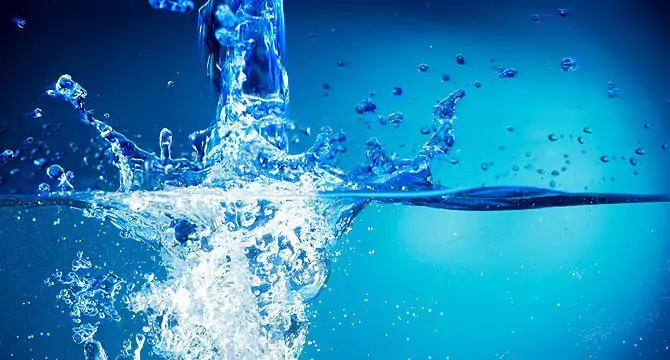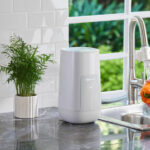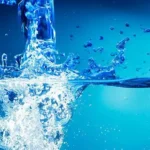American Standard Drinking
Every day, millions of Americans turn on their taps expecting safe, clean water. Behind that steady flow lies a carefully regulated, multi‑stage treatment process designed to remove contaminants, ensure microbiological safety, and deliver water that meets the Environmental Protection Agency’s (EPA) rigorous standards. In this blog, we’ll walk through the typical steps a U.S. municipal water system uses—from raw source to treated tap water—and explain why each stage is critical for public health.
1. Source Water Collection
U.S. drinking water typically begins in one of two places:
-
Surface Water: Rivers, lakes, and reservoirs.
-
Groundwater: Aquifers tapped by wells.
Utilities select sources based on availability, quality, and vulnerability to pollution. Regular monitoring ensures that water quality entering the treatment plant remains within safe limits.
2. Coagulation and Flocculation
Purpose: Remove suspended particles (turbidity), organic matter, and some microorganisms.
-
Coagulation: Chemicals called coagulants (most commonly aluminum sulfate or ferric chloride) are added. These carry a positive charge that neutralizes the negative charges on fine particles, allowing them to stick together.
-
Flocculation: Gentle mixing encourages the neutralized particles to form larger clumps (“flocs”), which are easier to separate in subsequent stages.
3. Sedimentation
Purpose: Settle out the floc.
-
After flocculation, water moves into large settling basins or clarifiers.
-
Gravity causes the heavy floc to settle to the bottom as sludge, which is periodically removed and treated as waste.
-
The clearer water on top (the “supernatant”) proceeds to filtration.
4. Filtration
Purpose: Remove remaining suspended particles and some microorganisms.
-
Water passes through layers of sand, gravel, and sometimes activated carbon.
-
The filter media physically traps particulates. Activated carbon also adsorbs certain organic chemicals, improving taste and odor.
5. Disinfection
Purpose: Inactivate pathogens (bacteria, viruses, protozoa).
-
Primary Disinfectant: Most systems add chlorine or chloramine. Chlorine is highly effective and leaves a residual that protects water as it travels through pipes. Chloramine (a chlorine‑ammonia compound) is used by some utilities because it forms fewer disinfection byproducts.
-
Secondary Disinfectant (Optional): Advanced plants may use ultraviolet (UV) light or ozone before or after chlorination for additional protection against chlorine‑resistant organisms like Cryptosporidium.
6. pH Adjustment and Corrosion Control
Purpose: Prevent pipe corrosion and control lead or copper leaching.
-
Many U.S. water systems add alkaline chemicals (e.g., lime, sodium bicarbonate) to raise pH.
-
A stable pH helps form a protective mineral scale inside distribution pipes, minimizing the release of metals into drinking water.
7. Storage and Distribution
Purpose: Maintain water quality until it reaches customers.
-
Treated water is stored in covered reservoirs or water towers to ensure adequate pressure and supply.
-
The distribution network of pipes, pumps, and valves carries water to homes, schools, and businesses.
-
Utilities continuously monitor residual disinfectant levels, turbidity, and other parameters at points throughout the system to confirm safety.
8. Monitoring and Regulation
-
The EPA sets Maximum Contaminant Levels (MCLs) and Treatment Technique requirements for over 90 drinking‑water contaminants, including microbes, chemicals, and radionuclides.
-
Water utilities conduct thousands of daily tests for turbidity, disinfectant residuals, microbial indicators (like E. coli), and regulated chemicals.
-
Results are reported annually in a Consumer Confidence Report (CCR), ensuring transparency about local water quality and compliance.
Conclusion
The American standard drinking water process is a complex, multi‑barrier system carefully engineered to safeguard public health. From source protection through coagulation, filtration, disinfection, and distribution, each stage plays a vital role in removing or neutralizing potential threats. Thanks to stringent EPA regulations and diligent oversight by local water utilities, tap water in the U.S. remains among the safest in the world. Next time you fill a glass from the faucet, you’ll know the many steps—and the science—working quietly in the background to bring you clean, reliable hydration.











No Comments